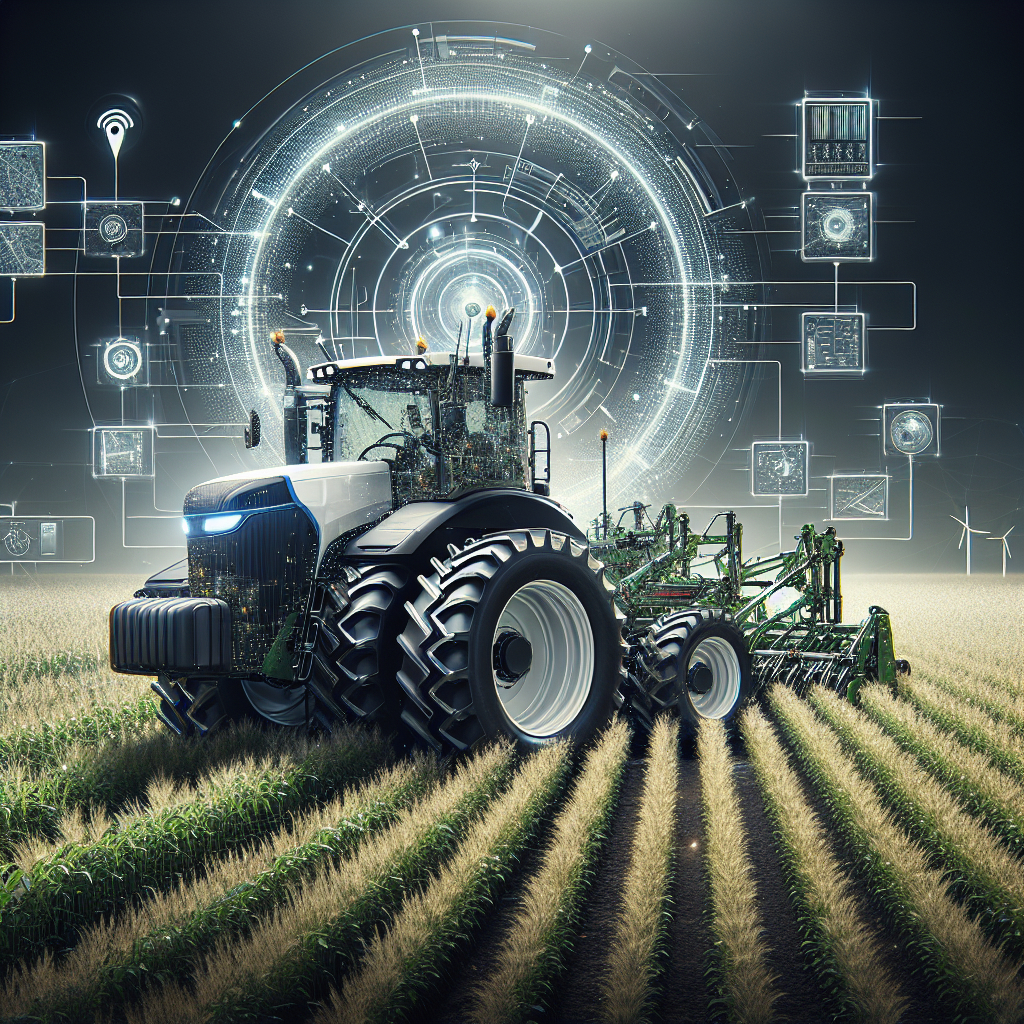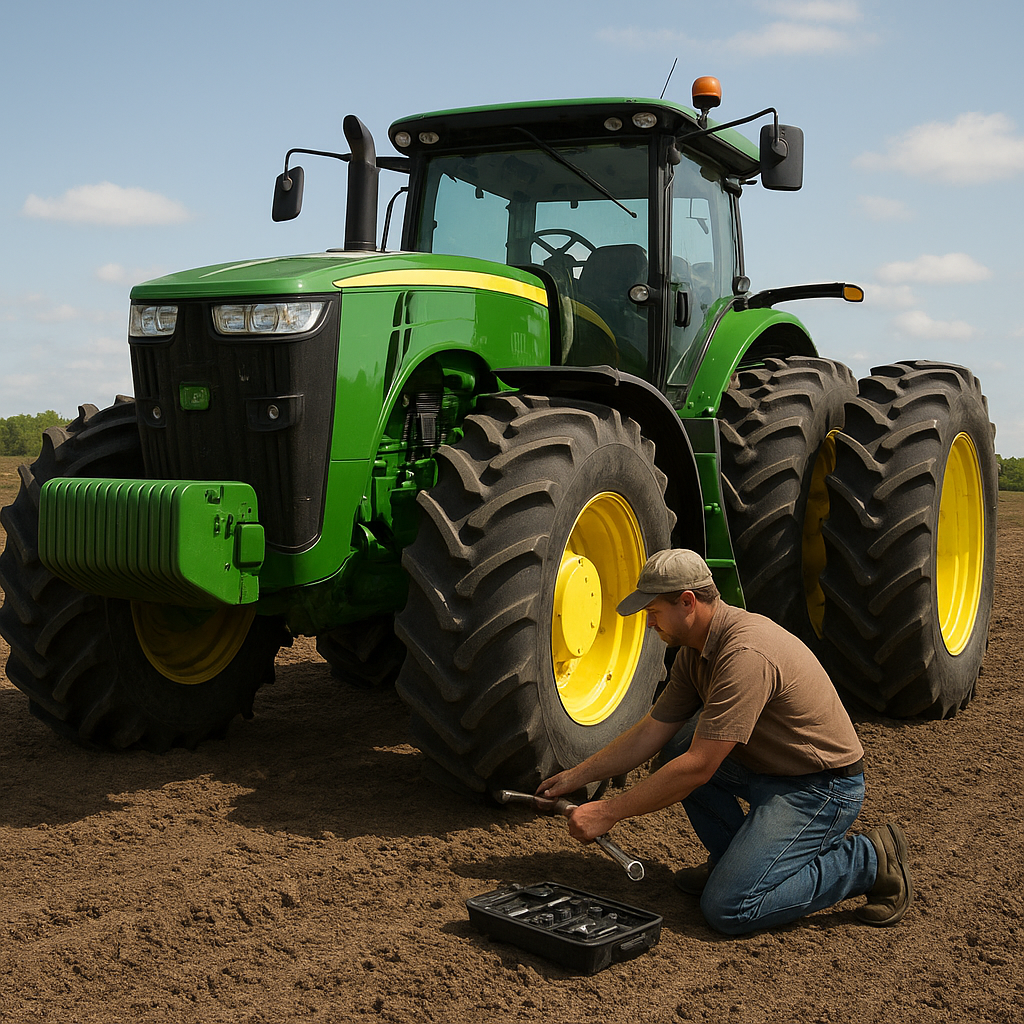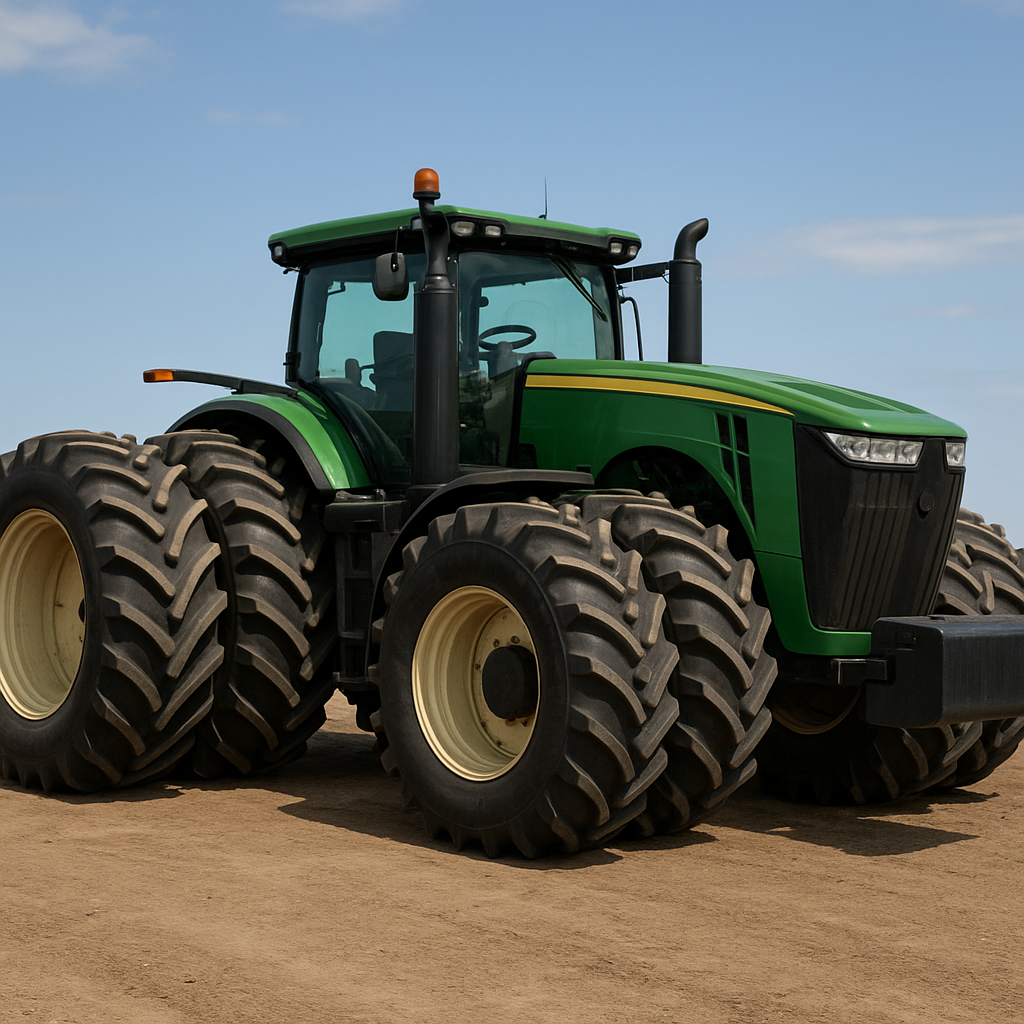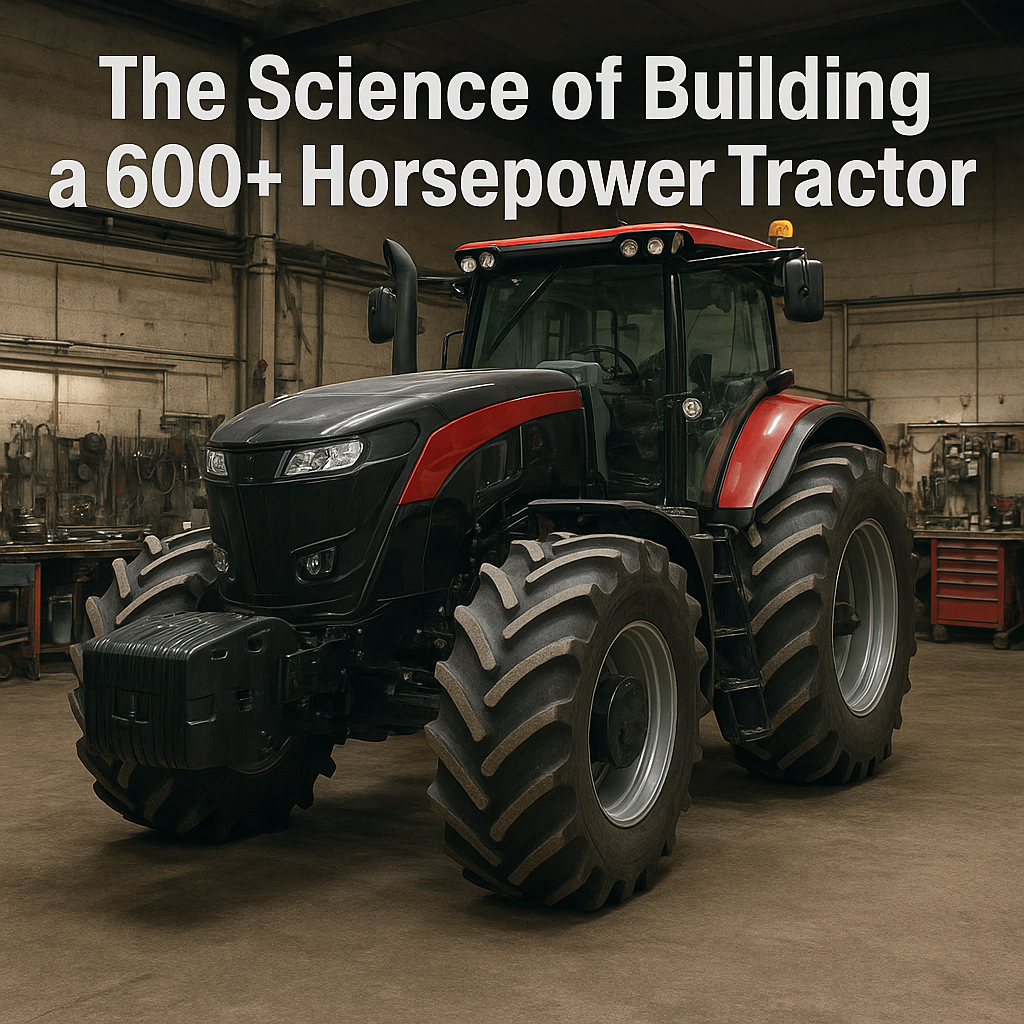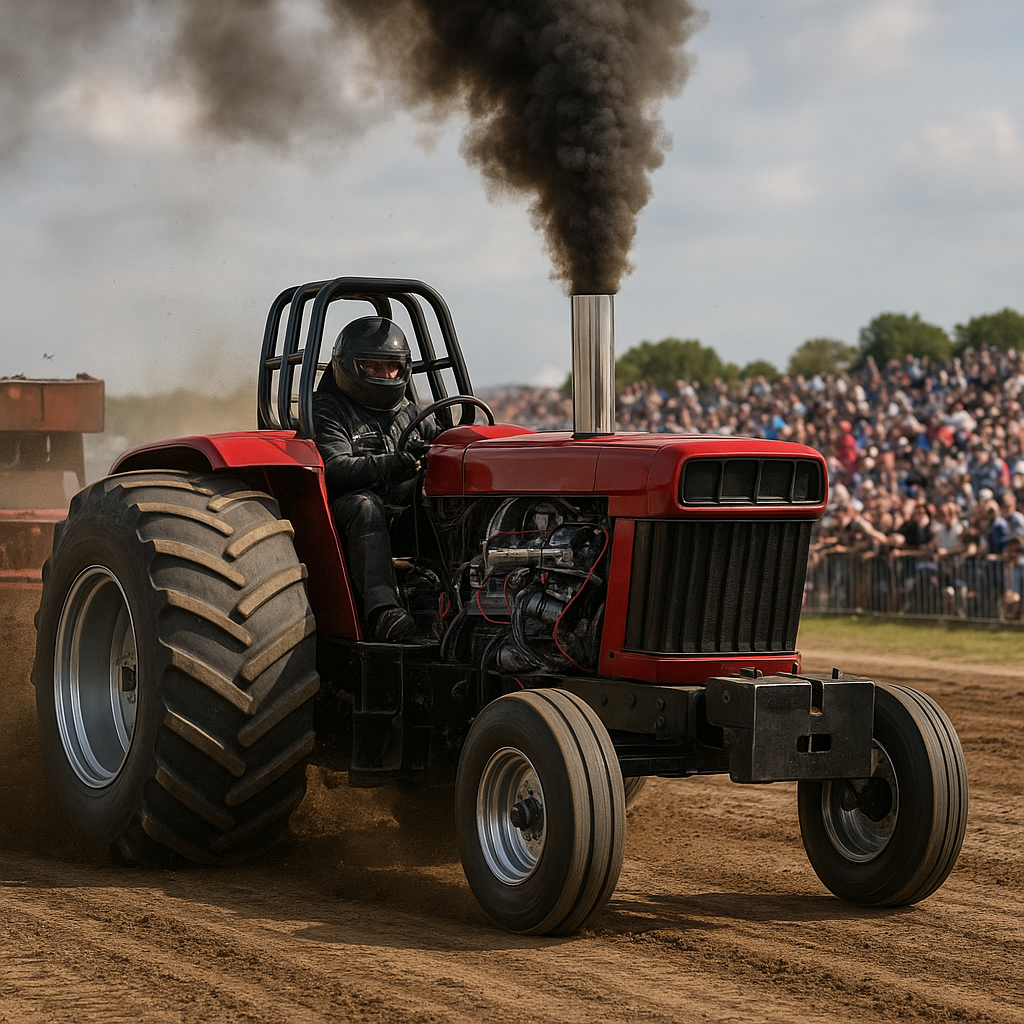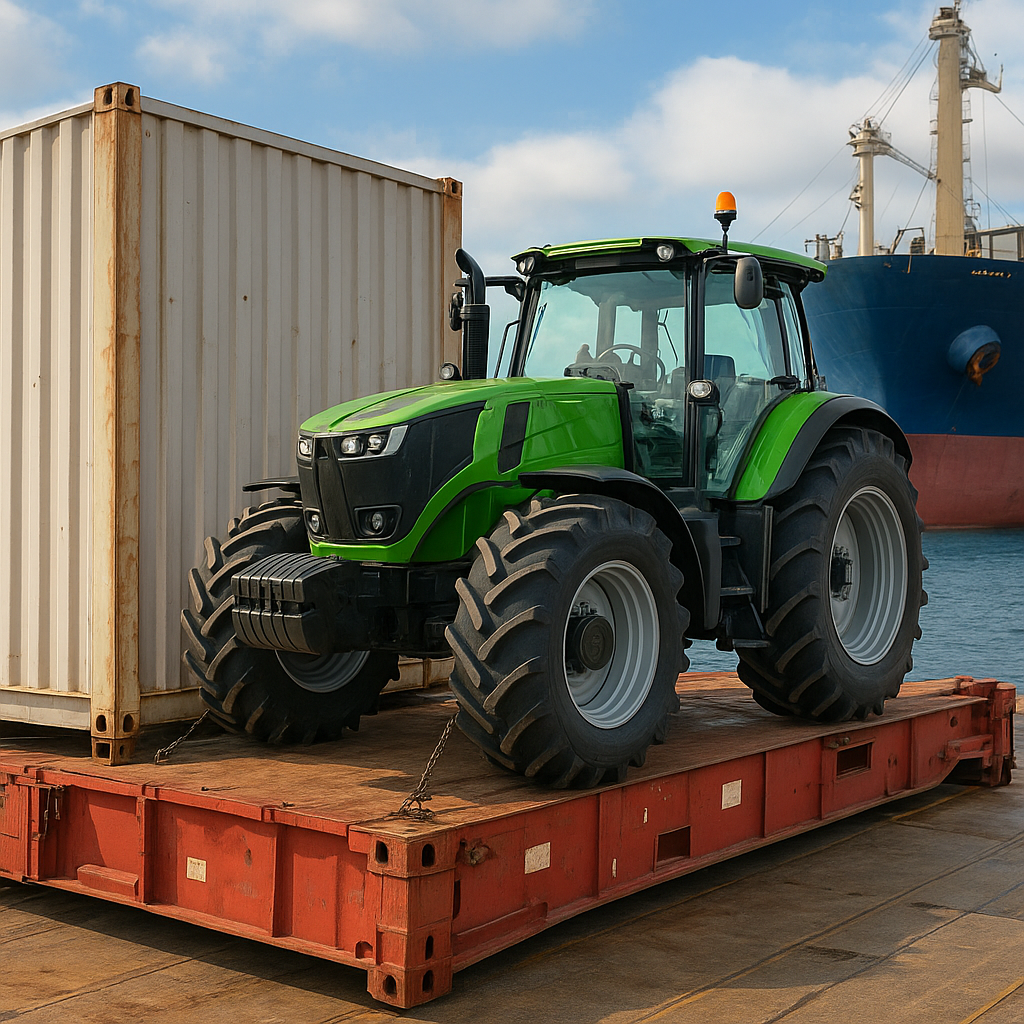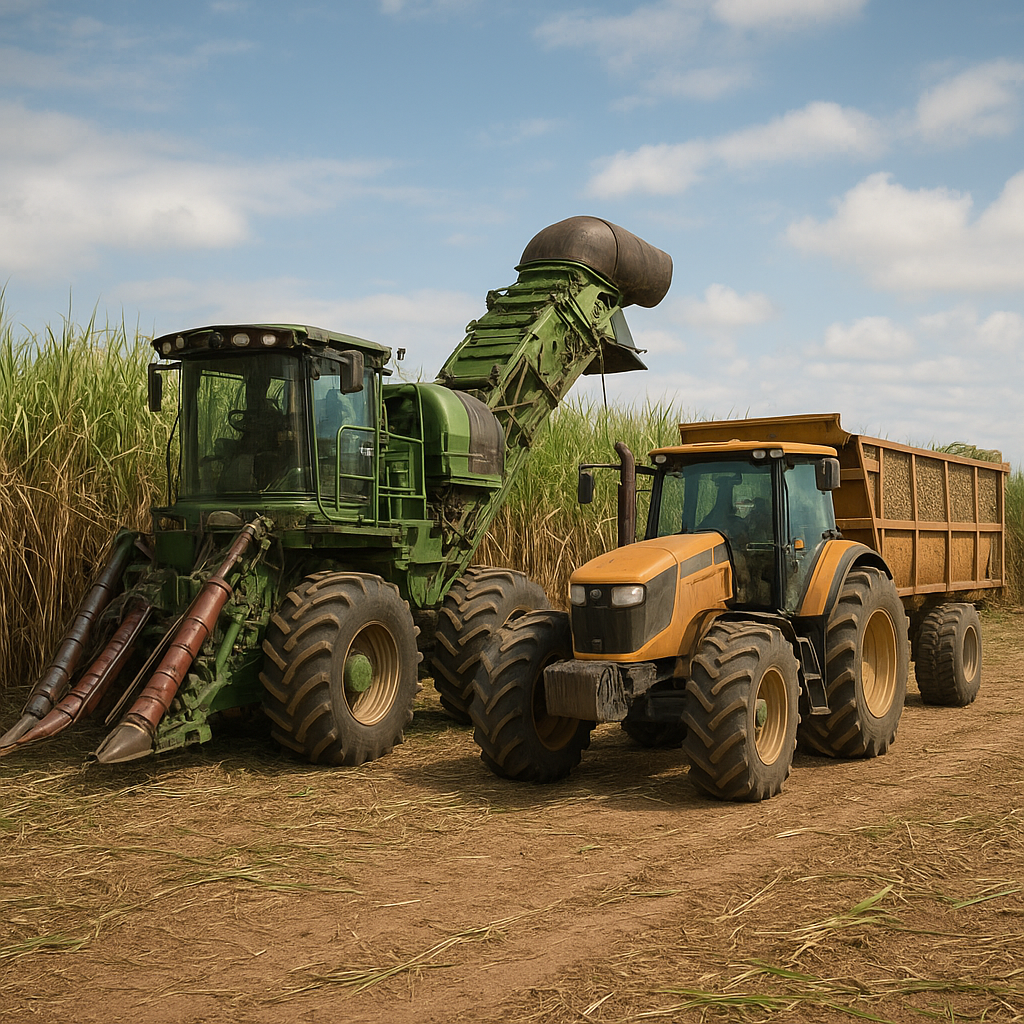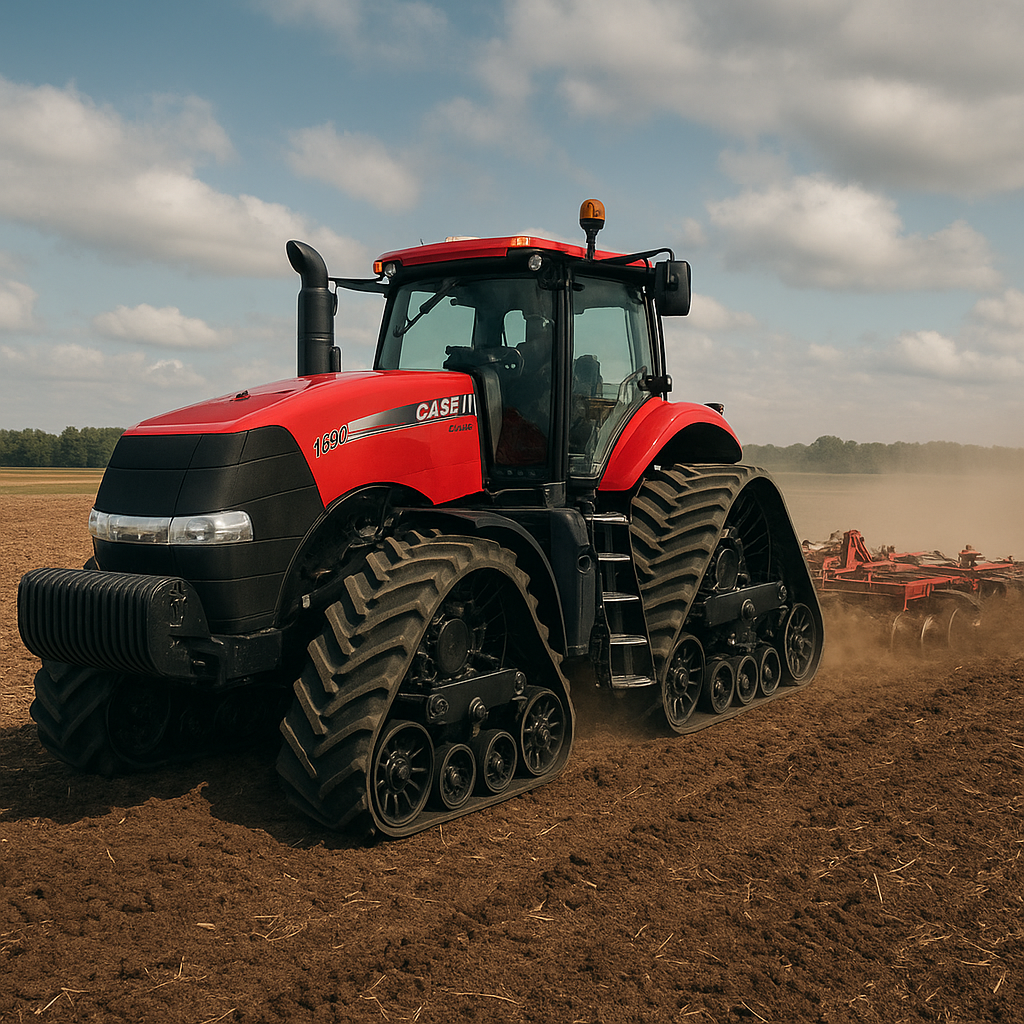In the realm of modern agriculture, the integration of GPS technology and precision farming techniques has significantly revolutionized tractor efficiency. This article delves into the transformative impact of these advancements, exploring how they enhance productivity, reduce costs, and promote sustainable farming practices.
The Role of GPS in Modern Tractors
Global Positioning System (GPS) technology has become an indispensable tool in the agricultural sector, particularly in the operation of tractors. By providing real-time location data, GPS enables farmers to optimize their field operations with unprecedented accuracy. This section examines the various ways in which GPS technology is utilized in modern tractors.
Enhanced Field Mapping
One of the primary benefits of GPS technology in tractors is the ability to create detailed field maps. These maps allow farmers to identify variations in soil types, crop health, and other critical factors. By using GPS data, farmers can develop precise planting, fertilizing, and irrigation plans tailored to the specific needs of different areas within a field. This targeted approach not only maximizes crop yields but also minimizes the use of resources, leading to cost savings and environmental benefits.
Automated Steering Systems
GPS technology has also paved the way for automated steering systems in tractors. These systems use GPS data to guide tractors along predetermined paths with remarkable accuracy, reducing the need for manual intervention. Automated steering ensures that tractors follow straight lines and avoid overlapping or missing sections of the field. This precision is particularly valuable during planting and harvesting, where even minor deviations can impact crop yields. Additionally, automated steering reduces operator fatigue, allowing farmers to work longer hours without compromising efficiency.
Real-Time Monitoring and Data Collection
Modern tractors equipped with GPS technology can collect and transmit real-time data on various aspects of field operations. This data includes information on soil conditions, crop growth, and equipment performance. By analyzing this data, farmers can make informed decisions about when to plant, irrigate, and harvest their crops. Real-time monitoring also enables farmers to detect and address issues such as equipment malfunctions or pest infestations promptly. The ability to respond quickly to changing conditions helps to minimize crop losses and optimize overall farm productivity.
Precision Agriculture: A New Era of Farming
Precision agriculture, also known as precision farming, is a farming management concept that uses technology to observe, measure, and respond to variability in crops. This approach leverages GPS technology, along with other advanced tools, to enhance the efficiency and sustainability of agricultural practices. In this section, we explore the key components and benefits of precision agriculture.
Variable Rate Technology (VRT)
Variable Rate Technology (VRT) is a cornerstone of precision agriculture. VRT allows farmers to apply inputs such as seeds, fertilizers, and pesticides at variable rates across a field, based on the specific needs of different areas. By using GPS data and field maps, VRT systems can adjust the application rates in real-time, ensuring that each section of the field receives the optimal amount of inputs. This targeted approach reduces waste, lowers costs, and minimizes the environmental impact of farming practices.
Remote Sensing and Drones
Remote sensing technology, including the use of drones, plays a crucial role in precision agriculture. Drones equipped with cameras and sensors can capture high-resolution images and data on crop health, soil conditions, and other factors. This information is then analyzed to identify areas of concern, such as nutrient deficiencies or pest infestations. By providing a bird’s-eye view of the field, drones enable farmers to make more informed decisions and take corrective actions promptly. Remote sensing also allows for continuous monitoring of crop growth, helping farmers to optimize their management practices throughout the growing season.
Data Analytics and Decision Support Systems
Data analytics and decision support systems are integral components of precision agriculture. These systems use advanced algorithms and machine learning techniques to analyze the vast amounts of data collected from GPS, remote sensing, and other sources. By identifying patterns and trends, data analytics can provide valuable insights into crop performance, soil health, and other critical factors. Decision support systems use these insights to generate recommendations for optimizing field operations, such as adjusting planting schedules or modifying irrigation plans. The integration of data analytics and decision support systems empowers farmers to make data-driven decisions that enhance productivity and sustainability.
Challenges and Future Prospects
While GPS technology and precision agriculture offer numerous benefits, they also present certain challenges. This section discusses some of the obstacles faced by farmers in adopting these technologies and explores the future prospects of GPS and precision agriculture in revolutionizing tractor efficiency.
Cost and Accessibility
One of the primary challenges in adopting GPS technology and precision agriculture is the cost. The initial investment in GPS equipment, automated steering systems, drones, and data analytics software can be substantial. Additionally, ongoing maintenance and subscription fees for data services can add to the overall expense. For small-scale farmers, these costs may be prohibitive, limiting their ability to take advantage of these advanced technologies. To address this issue, governments and agricultural organizations are exploring ways to provide financial assistance and incentives to farmers, making these technologies more accessible.
Technical Expertise and Training
The successful implementation of GPS technology and precision agriculture requires a certain level of technical expertise. Farmers need to be proficient in using GPS equipment, interpreting data, and operating decision support systems. This necessitates ongoing training and education, which can be a barrier for some farmers. To overcome this challenge, agricultural extension services and technology providers are offering training programs and support to help farmers develop the necessary skills. By investing in education and training, the agricultural sector can ensure that farmers are well-equipped to harness the full potential of these technologies.
Data Privacy and Security
The collection and use of data in precision agriculture raise concerns about data privacy and security. Farmers need to be assured that their data is being handled responsibly and that their privacy is protected. Additionally, there is a risk of data breaches and cyberattacks, which could compromise sensitive information. To mitigate these risks, technology providers are implementing robust data security measures and developing clear policies on data ownership and usage. By addressing these concerns, the agricultural sector can build trust and encourage the widespread adoption of precision agriculture technologies.
Future Prospects
Despite the challenges, the future prospects of GPS technology and precision agriculture are promising. Advances in technology, such as the development of more affordable and user-friendly equipment, are making these innovations more accessible to farmers of all sizes. Additionally, ongoing research and development are leading to new applications and improvements in precision farming techniques. For example, the integration of artificial intelligence and machine learning is enhancing the accuracy and effectiveness of decision support systems. As these technologies continue to evolve, they will play an increasingly important role in driving agricultural productivity and sustainability.
Conclusion
In conclusion, the integration of GPS technology and precision agriculture is revolutionizing tractor efficiency and transforming the agricultural landscape. By enabling enhanced field mapping, automated steering, real-time monitoring, and data-driven decision-making, these technologies are helping farmers to optimize their operations, reduce costs, and promote sustainable practices. While challenges such as cost, technical expertise, and data privacy remain, the future prospects of GPS and precision agriculture are bright. As the agricultural sector continues to embrace these innovations, the potential for increased productivity and sustainability is immense.
